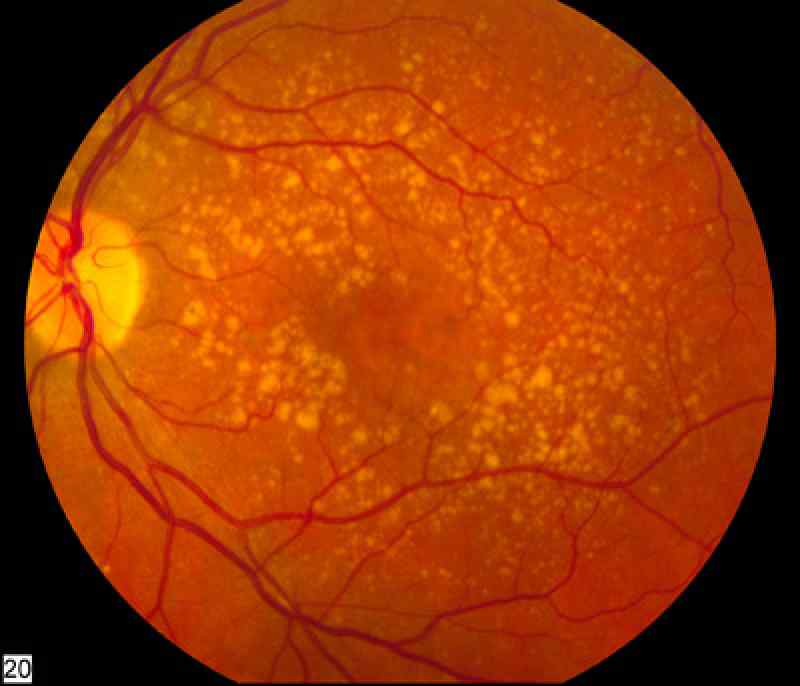Submitted by administrator on
The British Medical Journal, or BMJ, has launched a scathing attack on the use of the drug Lucentis in the treatment of age related macular degeneration, claiming that its use costs over £100m per year more than Avastin, which it believes could also be used for the condition. The concern being raised by the BMJ is that it believes certain manufacturers are deliberately undermining trials of alternative drugs in order to keep their established profit margins over and above the benefits that could be passed onto the NHS and patients alike.
Age related macular degeneration, or AMD, is a condition that affects the vision of people, generally in an older age bracket, resulting in sight loss in the macula, or centre visual field, due to retinal damage. Globally, the disease affects between 30-50 million people, with estimates that as many as 700,000 are afflicted in the UK alone. In causing issues to a persons centre of vision, common complaints are of an inability to recognise faces or read, although due to continuing peripheral vision, a sufferer may be able to continue other regular activities.
Currently, Lucentis is used to treat age related macular degeneration in the UK via the NHS, at a cost of £742 per dose*. Amazingly, another drug is available which the British Medical Journey believes would offer much greater cost efficiency at just £65 per dose, called Avastin. The reason, however, that it is not currently in use revolves around its current licencing in the UK, and at present is only usable as a treatment for certain types of cancer. The BMJ believes that manufacturers are purposefully trying to 'derail' clinical trials into Avastin's use for AMD, a drug which it believes is safe for use, and considerably cheaper at roughly 9% of the equivalent Lucentis option currently in use.
The companies at the centre of this accusation have denied any wrong doing in the matter, and state that they are committed to continued research into serious eye conditions and the development of new and effective treatments.
* Figures referenced from Sky News research 2015

